Why do so many gay men still go cruising and cottaging?
For many it is an outdated concept, but cruising for sex in public has long provided men with an outlet to explore their desires.
By Will Stroude
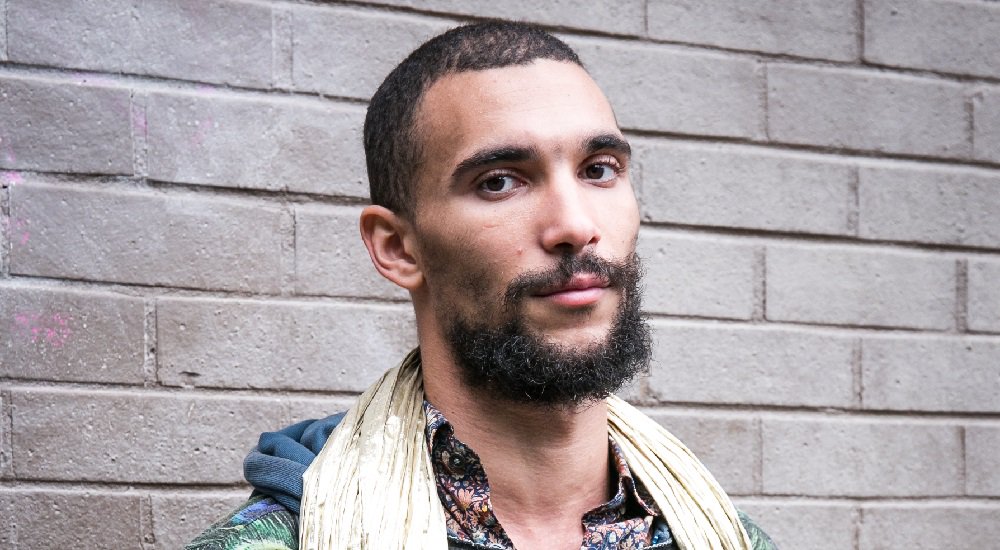
This article was first published in Attitude issue 285, July 2017.
Words: Simon Button
Fifty years ago cruising and cottaging weren’t the fetishes or fantasies that they arguably are now; they were a necessity — the only way for most men to meet other men, albeit it a risky one.
From the early 1950s, there was a witchhunt afoot, with Conservative home secretary David Maxwell Fyfe vowing to “rid England of this plague” as he despatched undercover policemen to prowl in parks, cruising grounds and public toilets.
Their enticements led to the imprisonment of an estimated 1,000 gay men each year but that didn’t put a stop to the covert goings-on. That’s because, a leading gay rights campaigner believes, cruising and cottaging represented the only way for gay men to explore their sexuality.
Bernard Greaves, who, as a policy adviser to the Liberals in the Seventies, became the first openly gay man to hold national office in a UK political party, points out: “The idea of being ‘out’ wasn’t a concept at all and it was easier to find sex cottaging than it was in bars.

The Attitude Sex & Sexuality issue is out now. Guarantee your preferred cover by subscribing here using code FRANCOIS or RENO.
“There were no gay bars as such, anyway. People lived in a straight world and lived straight lives.”
Now 74, Bernard was born near Leek, in Staffordshire.
“You grew up in isolation and you didn’t know anyone else who was gay. In fact, the word ‘gay’ wasn’t in use, the word most people used at that time was ‘queer’, and there was no readily available information or knowledge about homosexuality.”
Bernard went to Cambridge University and, aged 19, first encountered cottaging when he wandered into public toilets 50 yards from his lodgings. The “furtive, anonymous and depressing scenario” was better than nothing, he says.
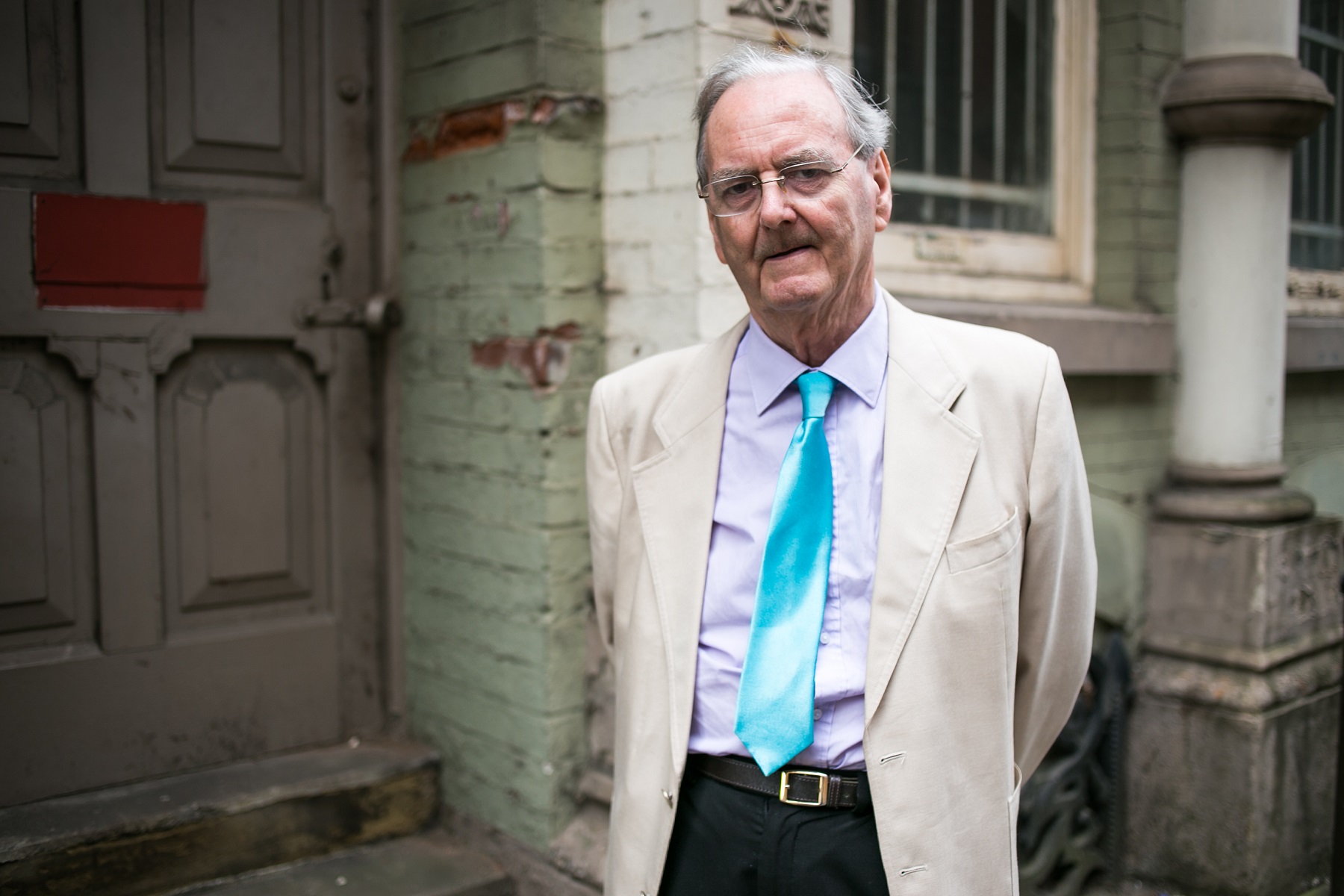
Bernard, 74, says he began cruising at a time when the concept of being ‘out’ didn’t exist in its current form
“You’d spend hours trying to find somebody, visiting one set of toilets then another, enduring the cold and damp, spending a lot of time waiting for a fleeting sexual experience that wasn’t particularly satisfying,” he adds.
Luckily, Bernard was eventually introduced to a barman whose place of work served as a meeting place for a small group of gay men.
“You couldn’t say it was a gay bar because the concept didn’t exist. It was full of straight people but towards one end of the room a group of gay men would meet up.”
They were cautious and used Polari, [gay slang] “which I didn’t understand at all at first,” he laughs. “They’d discuss chat-up etiquette, which included approaching someone and, if they weren’t interested, making it seem like a joke.
“That’s an art that has largely gone now and very often it was the older gay men who mentored the younger ones. Having older gay men teach younger gay men how to survive in a hostile society was very important.”
As an architecture student, Bernard moved to Huddersfield and discovered the concept of cruising in cinemas, where there was a lot of furtive sexual behaviour in what were then dark and dingy auditoria.
“It was another form of anonymous sex and again not all that satisfactory,” he notes.
Flash-forward to the present, and gay sex has never been easier to arrange — as simple as ordering a pizza, delivered to your door via an app or served up in gay saunas around the country.
Sodomite’s Walk
But cottaging and cruising have links dating back to at least the 17th century, with the first recorded instance of entrapment being the 1698 case of Captain Edward Rigby, who was lured to a private room in a London tavern by a man on the payroll of the Society for the Reformation of Manners, a group which aimed to suppress what it saw as profanity and immorality by bringing private prosecutions.
The turn of the 18th century saw the rise of molly houses: taverns, coffee houses and private rooms where gay men could meet.
These were frequently raided by the police, but the publicity this caused only served to draw more gay men to the capital, with the London Journal reporting that men cruised for sex in Covent Garden, Lincoln’s Inn, St James’s Park and a path in Moorfields that was dubbed Sodomites’ Walk.
Public toilets, or bog-houses as they were known at the time, were also haunts for gay men. A 1706 court report vividly details Edward Barker being prosecuted for poking his member through a hole in a cubicle wall, and in 1728 John Bennet was found guilty of attempted sodomy.
In 1890, a case was brought against the Earl of Euston, who had allegedly been cruised by a male prostitute in Piccadilly and accompanied him to a notorious Cleveland Street brothel, in London’s West End. The jury acquitted the earl but the trial and that of Oscar Wilde for gross indecency five years later prompted many gay men to be less brazen. They began to rendezvous in Turkish baths and swimming pool cubicles.
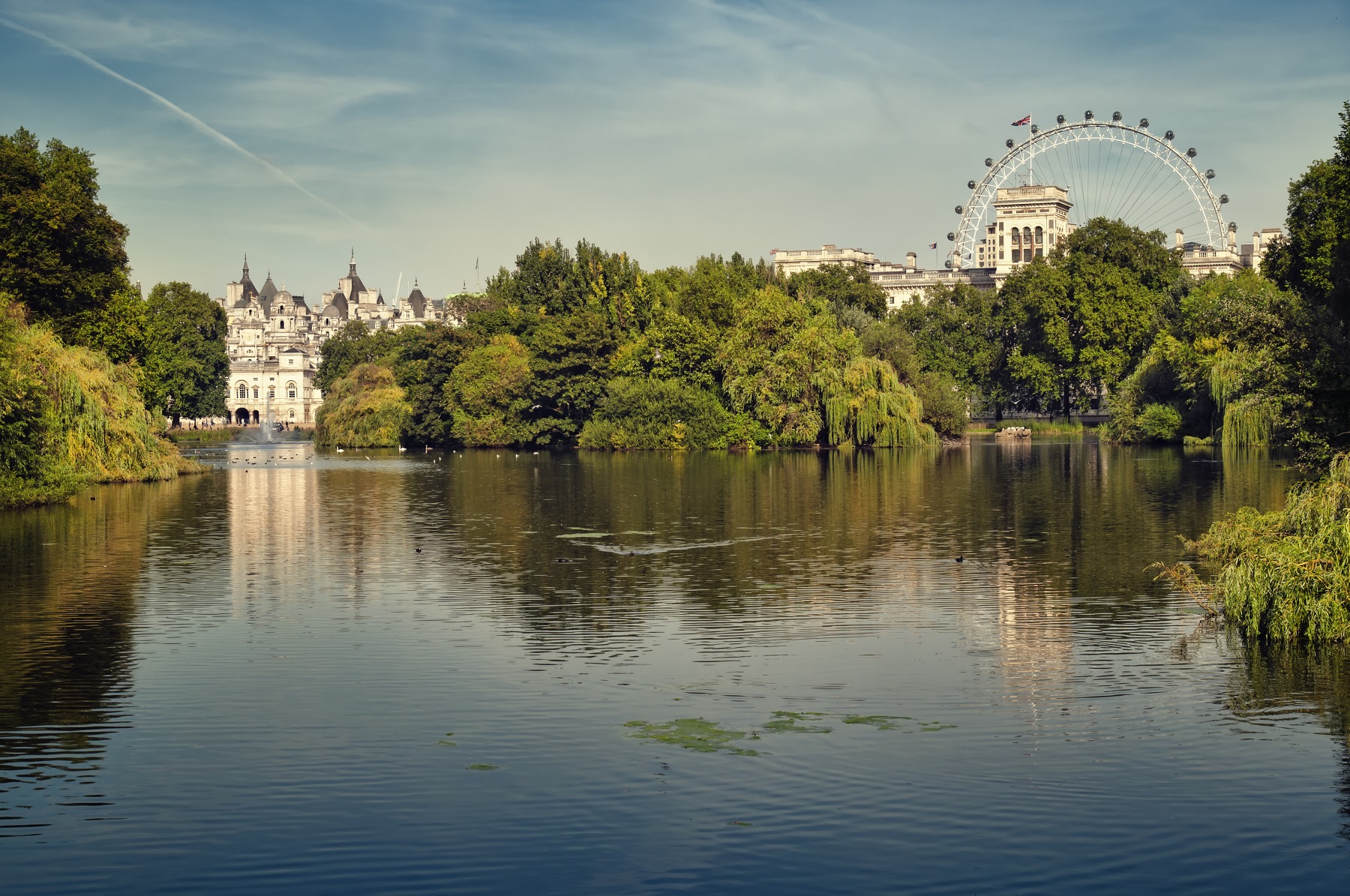
St. James’s Park was one of London’s earliest documented cruising grounds
A few years ago, Manchester-based historian Jeff Evans learned of a raid on a “drag ball” in the Hulme area of the city in 1880 when about 40 men, wearing women’s clothing, were arrested.
“People thought such things only happened in London,” Evans noted, “but it was reported in the national press. The case collapsed because so many middle-class men were arrested and they all brought barristers with them.”
After the partial decriminalisation of homosexuality in 1967, there were still very few gay bars in the UK so men who wanted fast sex often found it in toilets. Dermot [who asked Attitude to withhold his surname], is in his seventies and moved to London from Ireland.
Here he discovered the cottaging scene, only to be arrested in 1973 at a urinal in Deptford. He stood next to a good looking guy who turned out to be a policeman (“very pretty, nice cock as well”) and a witness — required to make any charge stick — appeared out of nowhere. The resulting £1.50 fine did little to discourage Dermot.
Bernard Greaves remembers high-profile court cases including the Wildeblood trial, but it was only after decriminalisation that police action visibly increased.
“They felt they had to uphold morals, and while homosexual behaviour between consenting adults over the age of 21, in private, had been legalised, sex in public toilets was an ‘outrage’ and they were going to stop it,” he says.
Entrapment is something Bernard went on to publicly challenge in the early 1970s, branding it an absolute outrage. He spent three months researching it and presented his evidence to the Cambridge Evening News, which gave the subject extensive coverage.
“It was not just pursuing gay men, it was spying anybody who used public toilets for legitimate reasons,” he explains.
“There were police officers concealed in the roof and they had pretty policemen trying to entice gay men. In one toilet they actually installed a secret room through which they could observe men using the urinals. It was disgraceful.”
Dark Alleys
Unlike Bernard, I was a teenager in the 1970s. Although I’ve become an old romantic, as a teenager in Nottingham, I was under the age of consent — 21 at the time — and didn’t dare to try to bluff my way into the gay clubs that I’d heard existed down dark alleys and behind discreet doorways.
In addition, I had little confidence in being able to attract other men with my looks but the usual rules of attraction didn’t apply when it came to cruising; no-one was looking for love or Mr Right.
A friend of a friend, who grew up a decade earlier and doesn’t wish to be named, recalls being in the bushes of a renowned cruising ground in Croydon, Shirley Hills.
“There was nothing lovelier than some hot action on a hot summer night,” he recalls now.
“It felt decadent and very non-judgmental because it didn’t seem to be about body images or what you looked like, just what you had to offer when you whipped it out.”
Sounding rather like Harvey Fierstein’s character in Torch Song Trilogy who, thinking he’s being judged by a guy he rejected earlier at the bar, exits a dark room with: “At least I don’t have to cook him breakfast.”
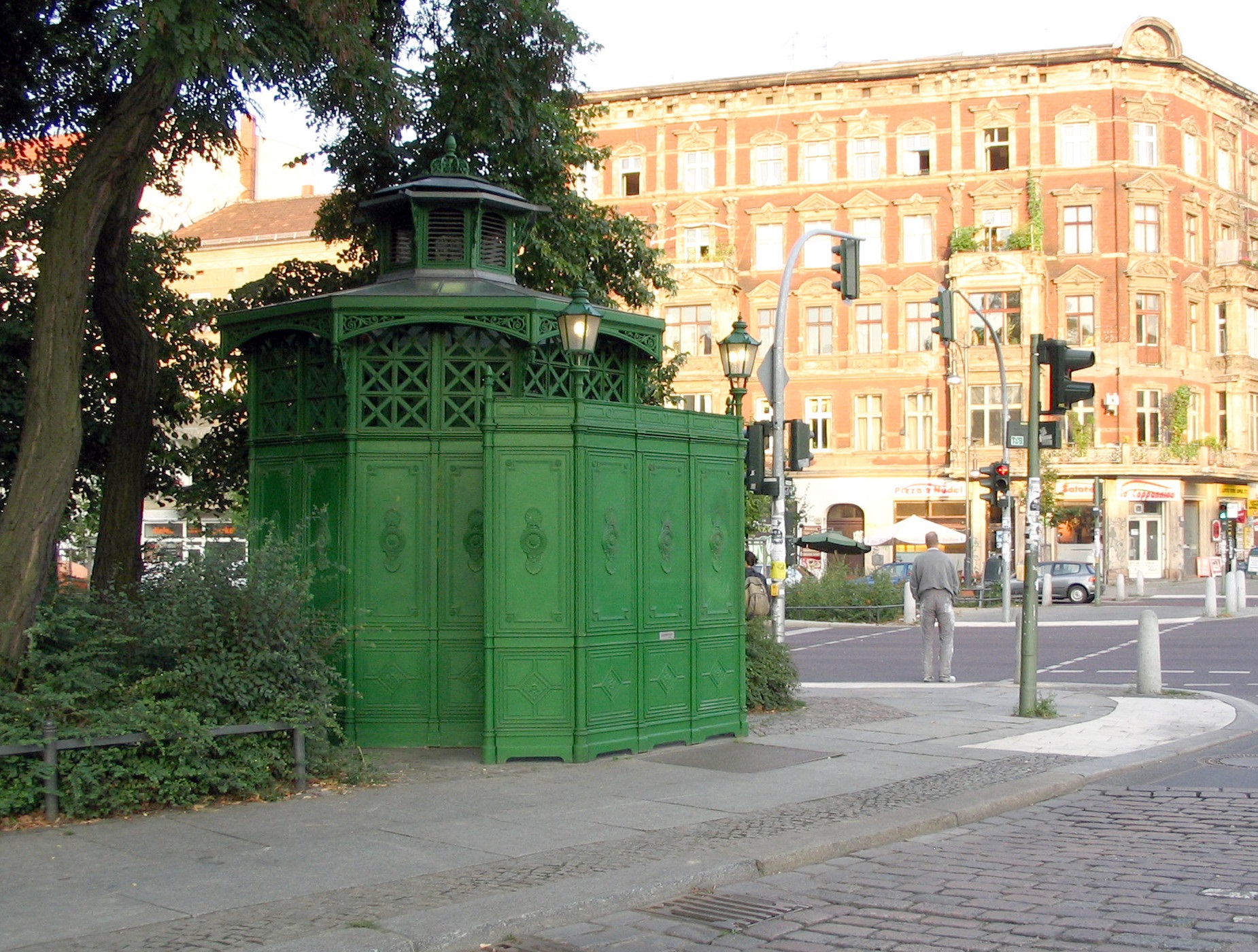
Even in the digital age, many public toilets continue to provide an outlet for men who remain in the closet
The man, in his mid-sixties, adds: “I just wanted sex, not pleasantries and all that game playing.”
Chris, who is now 47, discovered cottaging when he was out shopping with his parents in Poole, Dorset. Soon he was travelling to London where the cottages were heaving, especially at lunch time. Public loos outside the capital could be hit-and-miss but were essential for married men.
“I never saw so many wedding rings,” Chris laughs. But cottaging wasn’t only a means for married men to find quick, easy and anonymous sex.
Pete, now 74, found his life partner Mike while cruising a sauna in the 1970s. “We flashed each other and it was all a bit furtive,” he recounts. “There were attendants around and they’d tell you not to do it.”
Later the same evening Pete and Mike got chatting, consummated their relationship back at Mike’s flat and remained a couple until Mike died in 2010.
Pete doubts whether a relationship could develop from cruising nowadays, “because sex is too easy and people are more likely to move on”.
Causing Offence
Bernard Greaves thinks cottaging, at least in Leicester where he lives, is on the way out because sex in public toilets is illegal, whereas sex in the open isn’t — unless it is deemed as causing offence to other people. And for some people, he sighs, cruising remains a necessity.
“There are lots of people who are still in the closet. Using Leicester as a case in point, the idea of being openly gay in ethnic minority communities, or for that matter in Eastern European communities, is still appallingly difficult and lots of them are using cruising areas and saunas.”
Present-day cottager Carlo, 35, enjoys the speed and convenience.
“It offers one thing all men want,” he explains, “namely a quick wank in the middle of the day.” He doesn’t advertise the fact that he does it, however, adding: “People are ashamed of it. You can’t tell people: ‘we met in a toilet’.”
Zia X, a 28-year-old Londoner who works in retail and museums and is also a writer, has no such qualms.
“I’m very outspoken and I’ve always been open about cottaging and cruising. People could be quite judgemental but when Grindr came along they were getting up to much the same thing only in a digital way and that felt like hypocrisy to me.”
He recalls cruising on Hampstead Heath when he was about 16. He would also pop into the loos near a sixth-form college “just before drama class, as you do”. But times have changed.
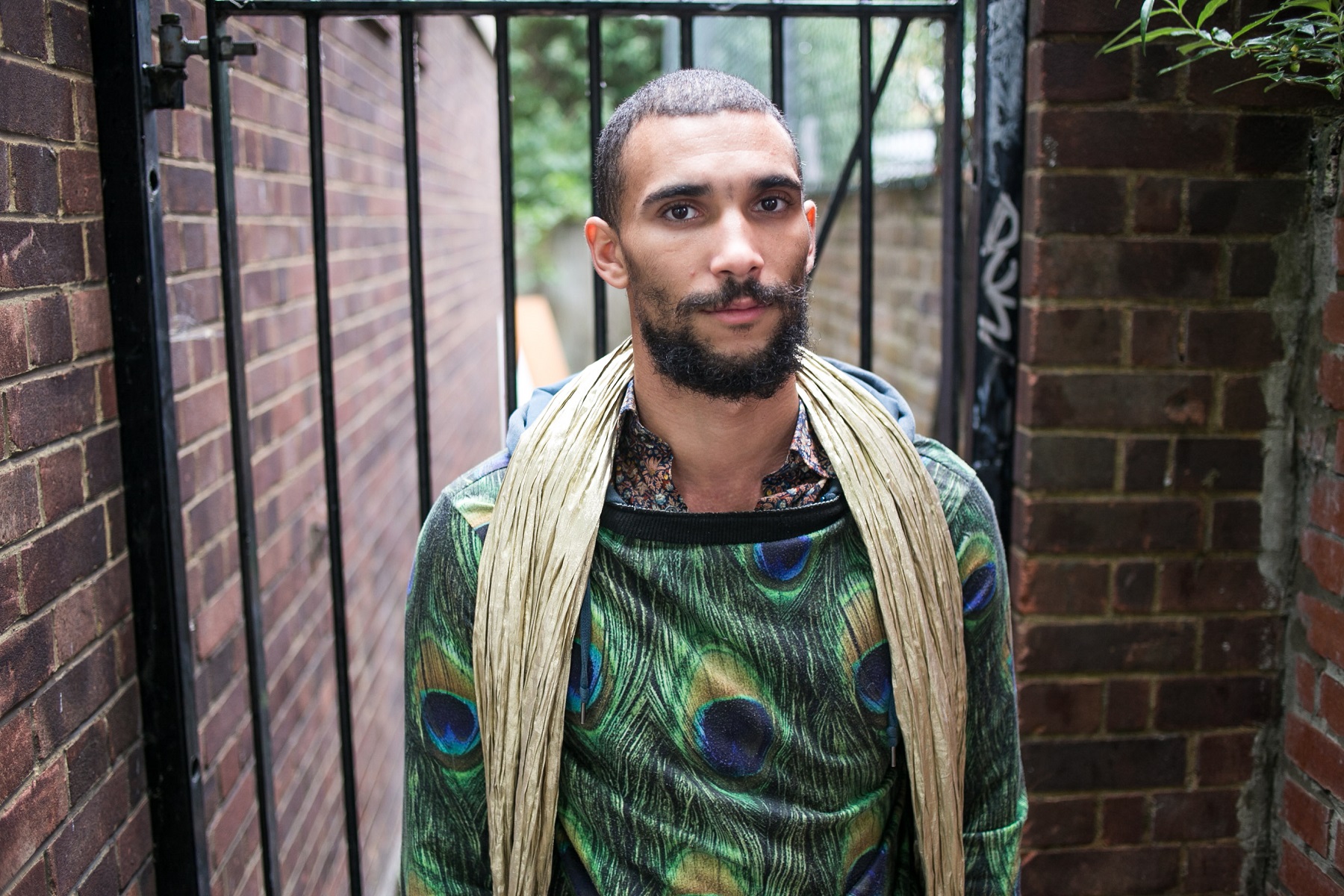
Zia, 28, is one of dwindling number of younger men who cruise for sex in public
“The spaces I used to use, are nowhere near as busy now and I don’t cruise outside so much any more because it’s cold,” says Zia, who now tends to stick to saunas.
“Going on dates can be complicated and you’re always trying to read people’s emotions, but when you’re in a cruising environment such as a sauna or toilets you know what you’re there for.”
But outdoor cruising, Zia feels, hasn’t stopped. Earlier this year there was the Let’s Go Outside party at George Michael’s former stomping grounds on Hampstead Heath “which was a celebration of him refusing to be shamed into silence and to make a video about how wonderful it is to fuck outside and it was an amazing event”.
Zia adds: “Many people say most of the activity has shifted online and that’s partly true, but a lot of people still use the parks. I’m not so sure about toilets, though. A lot of them are closed down or have heightened security.
“There’s an infamous one a mate of mine used to frequent in the British Library and they had a whole system going on, with look-outs and day-long sex parties, but then security found out and cracked down on it.”
The city used to be cruisier, Zia says. “Quite often I’d make eye contact with someone on public transport and that would lead to something somewhere, but that hasn’t happened in years. Maybe I’m getting older and I’m not catching those eyes.”
Or maybe all those eyes are glued to Grindr. The popularity of saunas is a reminder that gay sex is still furtive for many people, even if they’ve taken it indoors.
“Living in quite a queer world, I assume everyone is out but going to saunas it’s like: ‘Oh wow, there’s a swathe of people who are in straight marriages, with kids, who aren’t out’,” Zia says.
“There are still lots of people who haven’t found that place to express their desires openly so they use these more secretive places to do so.
“It’s a part of queer life that is still very much with us.”
The Attitude Sex & Sexuality issue is out now.
Guarantee your François Sagat or Reno Gold cover in print by subscribing here using either code FRANCOIS or RENO.
Subscribe digitally to the Attitude mobile and tablet edition for just over £1 per issue (limited time only).

